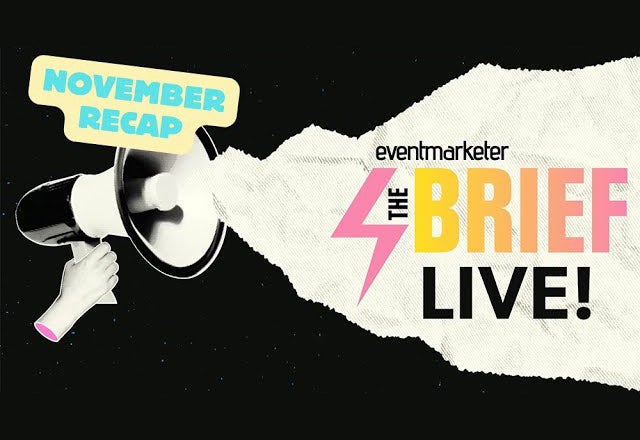Streaming giant Netflix recently announced price increases across all subscription tiers, pushing their premium offering to $24.99 monthly. While headlines focus on the dollar amounts, the more compelling story lies in their simultaneous announcement of 19 million new subscribers in Q4 2024—their largest quarterly growth ever. This seemingly contradictory dynamic of rising prices and accelerating growth offers valuable insights for subscription businesses navigating their own pricing strategies.
The New Subscription Reality
Our recent consumer research reveals Netflix isn’t alone in adjusting its pricing strategy. Seventy percent of consumers in the survey saw increases up to 25%, with 42% specifically in the 10-25% range. Yet the subscription model continues to thrive. This isn’t just about market dynamics—it reflects a fundamental shift in how consumers evaluate and maintain their subscription relationships.
The Value-Price Relationship
The data tells a clear story: Consumers are sophisticated evaluators of subscription value. While 90% of subscribers encountered at least one price increase, only 6.5% responded by completely churning. The key finding? When businesses effectively communicate and deliver value, 58% of subscribers accept price adjustments.
This acceptance isn’t passive. Our research shows that consumers actively weigh multiple factors in their decision-making process. Quality of service (61%) and cost considerations (67%) are nearly parallel in importance, while actual usage frequency (32%) serves as a concrete measure of realized value. Netflix’s growth suggests they’ve mastered this equation, delivering content and features that justify their premium positioning.
Consumer Adaptation Strategies
Today’s subscribers aren’t making binary keep-or-cancel decisions. When faced with price increases, 14% opt to downgrade rather than cancel—a behavior Netflix appears to understand well. Their tiered strategy, from ad-supported ($7.99) to premium ($24.99), provides multiple value-aligned price points. This flexibility aligns with our finding that 44% of subscribers are motivated by clearly differentiated value across subscription tiers.
Strategic Implications for Subscription Businesses
These insights point to three critical strategies for subscription businesses:
- Price adjustments should be anchored in demonstrable value improvements. Netflix’s price increase coincides with its expansion into live events and new content formats, providing tangible justification for the change.
- Tiered offerings aren’t just about price points—they’re about matching value delivery to specific customer segments. The significant preference for downgrades over cancellations (14% vs. 6%) indicates that maintaining customer relationships through flexible offerings often matters more than maximizing short-term revenue.
- Transparency in communication is crucial. When subscribers understand the value equation—what they’re getting and why it costs what it does—they’re more likely to stay. The remarkably low complete churn rate in our study suggests most subscribers will accept reasonable increases if they believe in the value proposition.
The Netflix case, supported by our broader market research, demonstrates that successful subscription businesses aren’t just selling services—they’re building value relationships with their customers. In this context, price becomes just one component of a more complex value equation that smart businesses must continuously optimize.
Guy Marion is Chief Marketing Officer at revenue growth management platform Chargebee.






